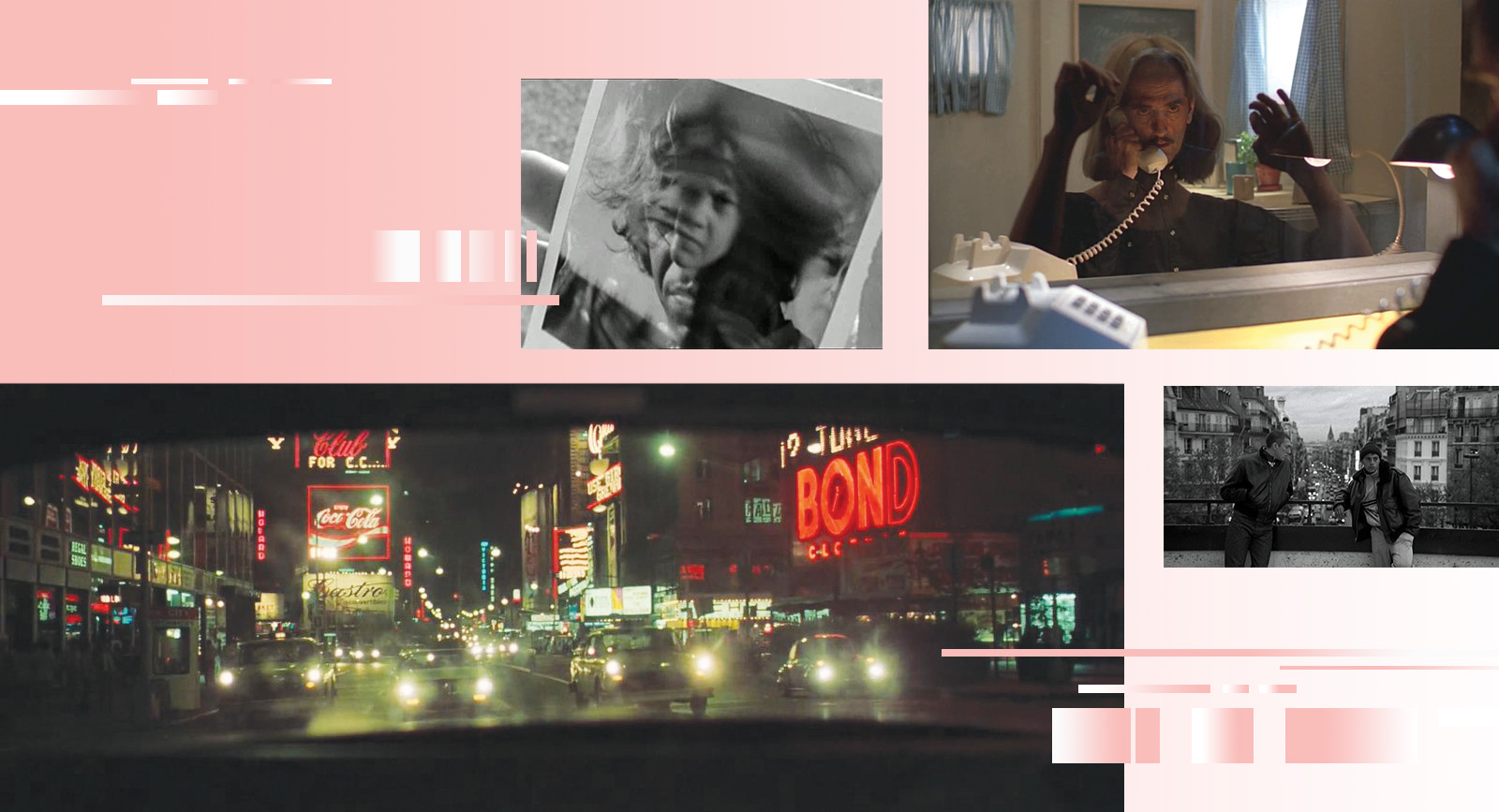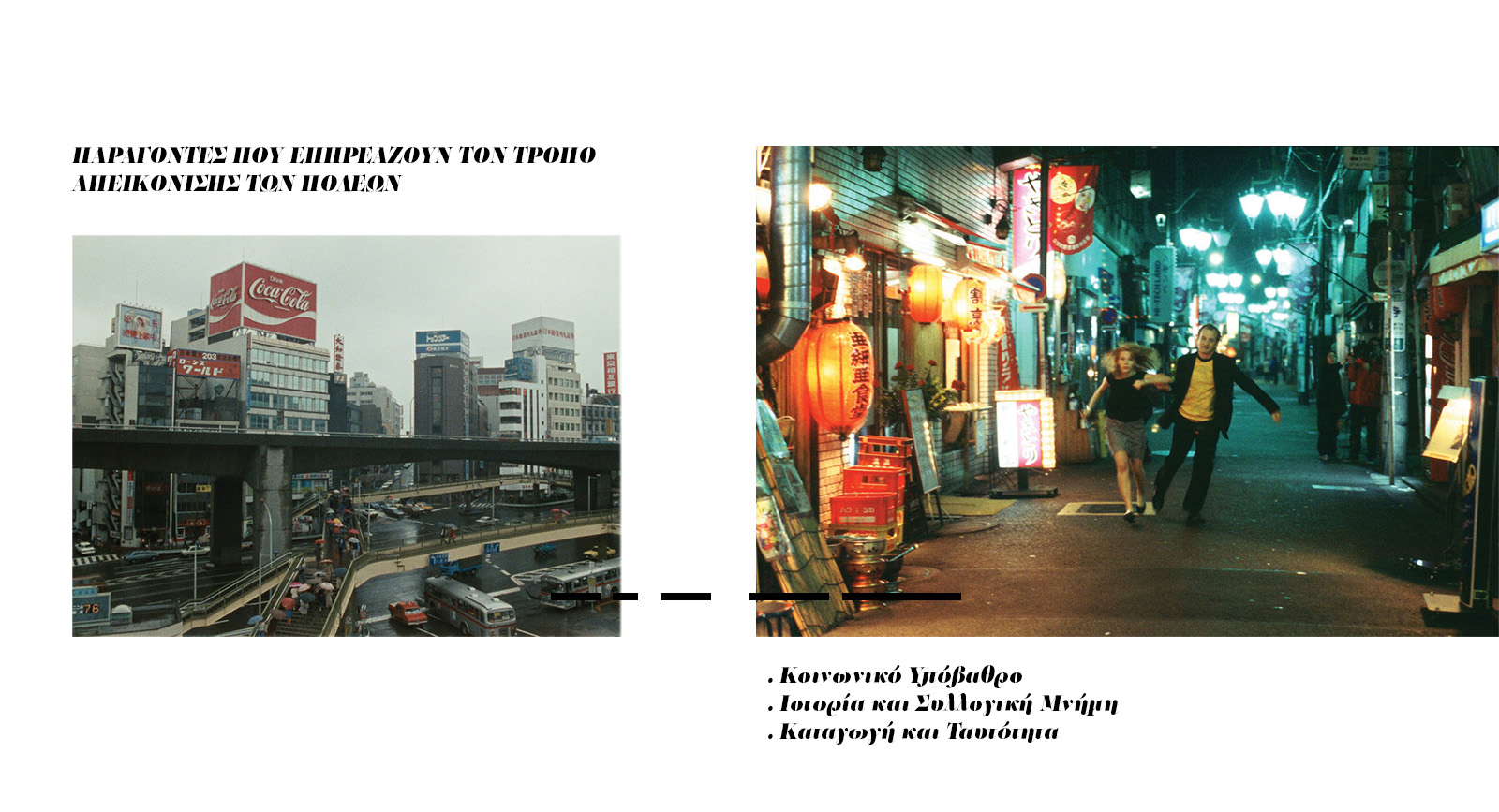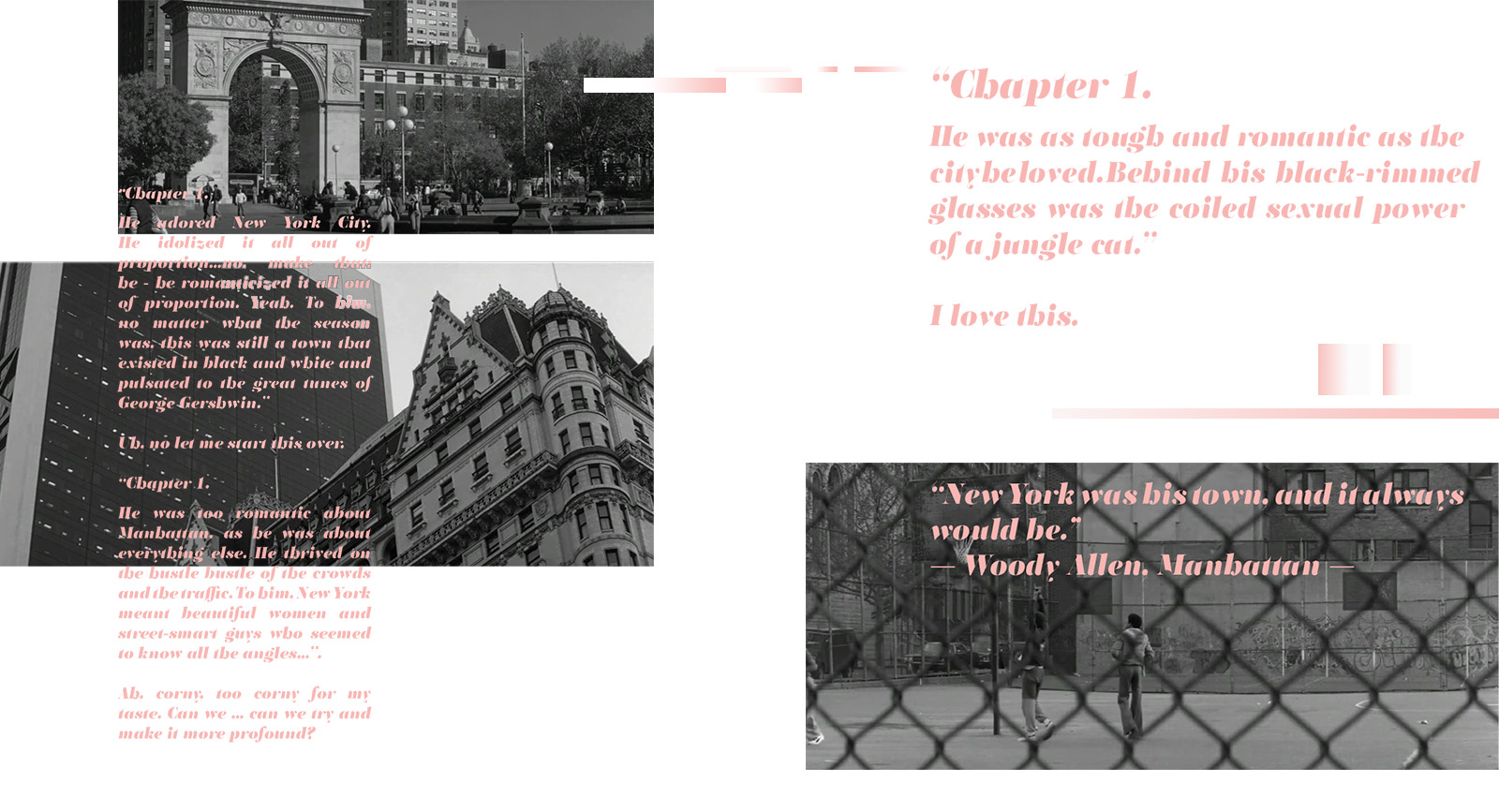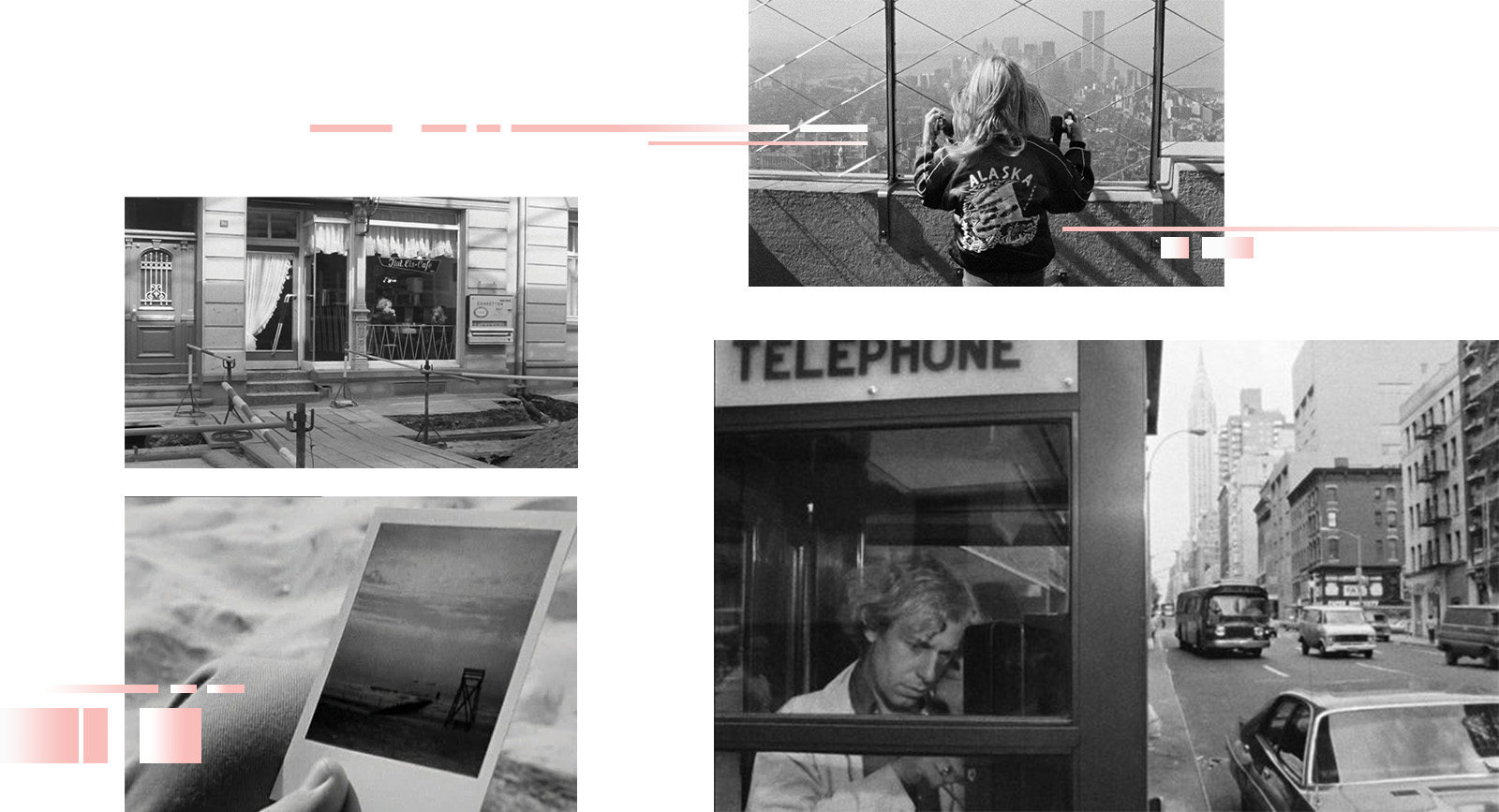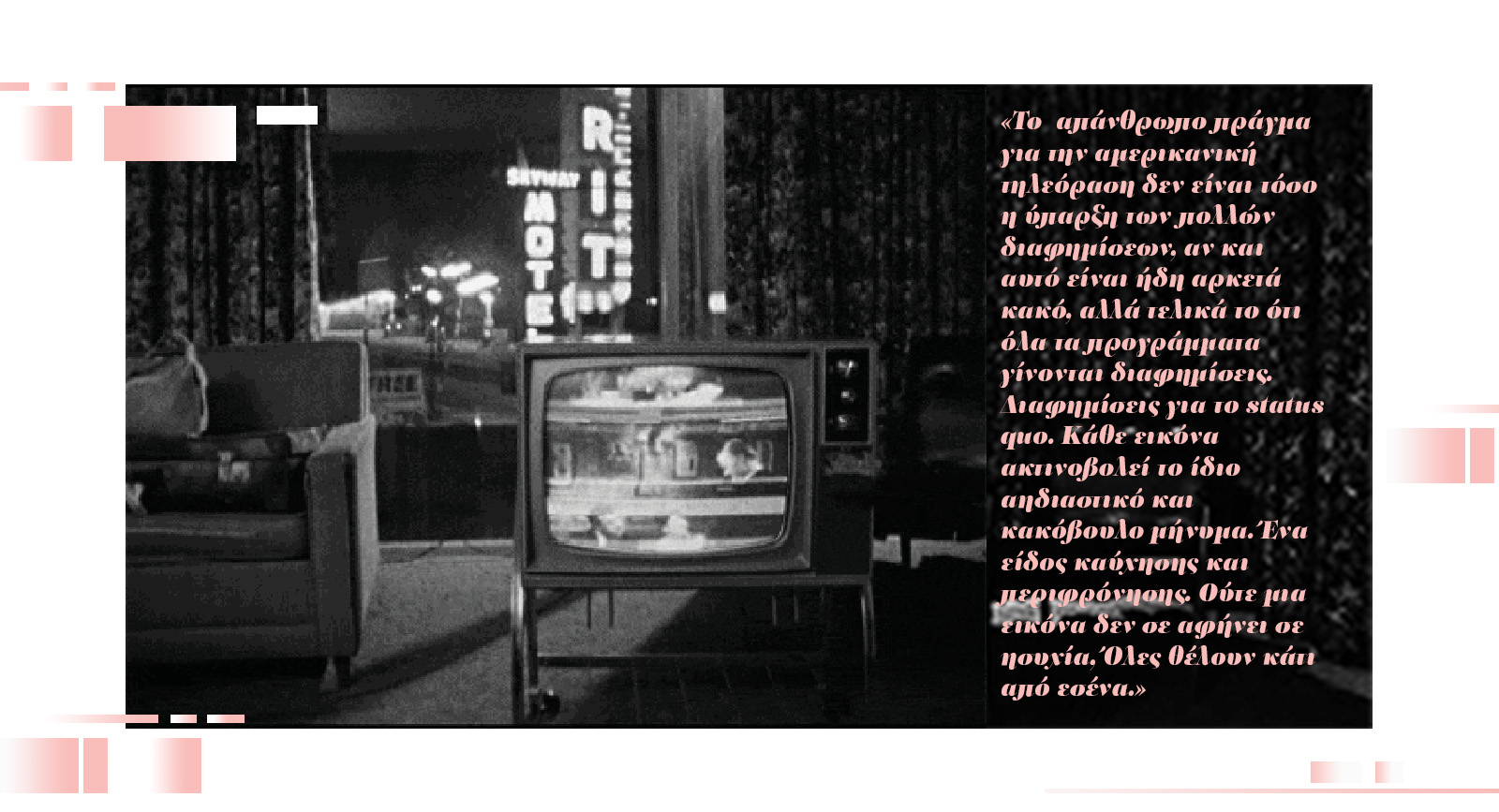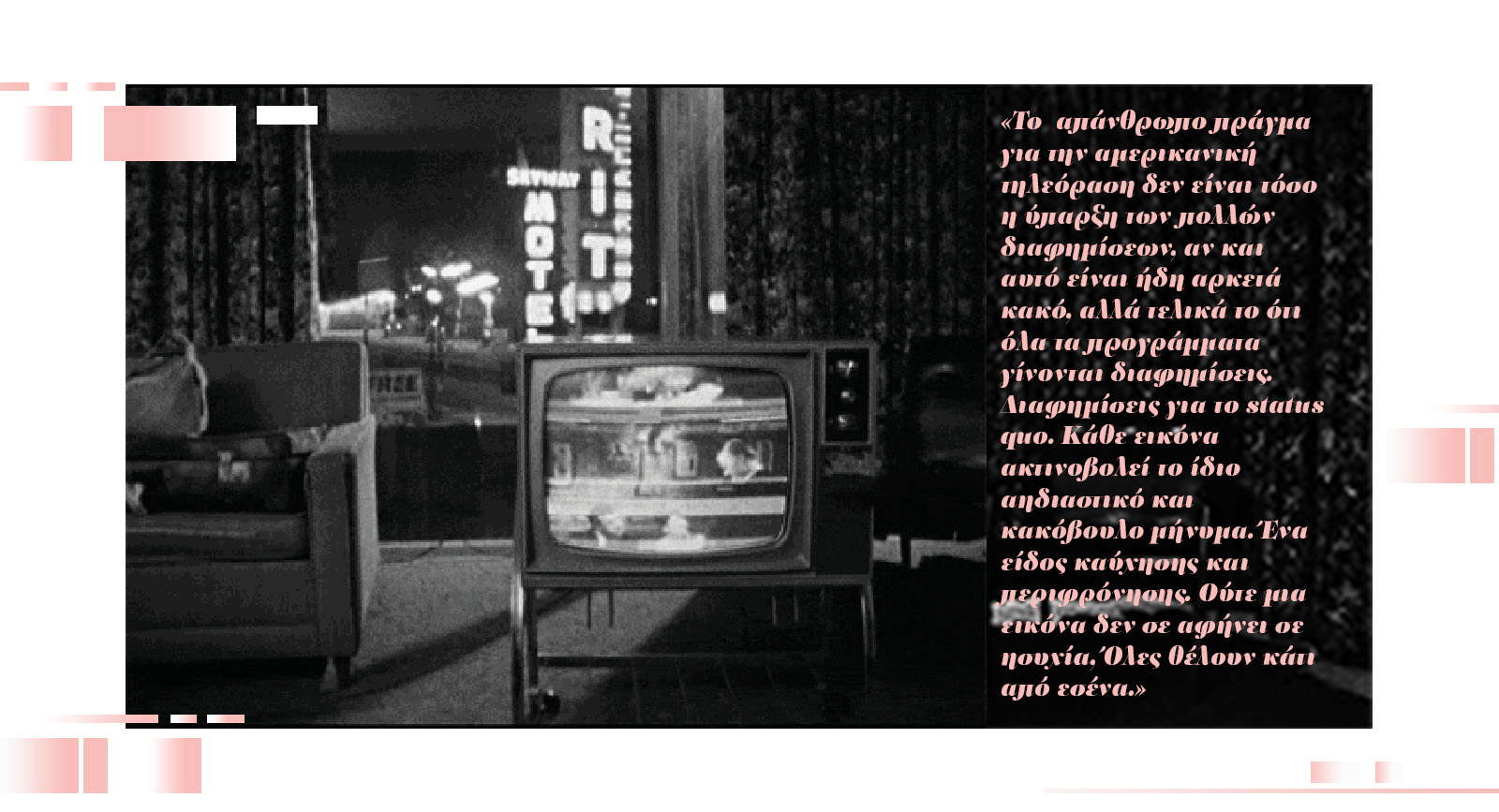This research paper deals with the way cities are reproduced and perceived in the art of cinema. It attempts a synthesis of elements related to the process of rendering and perceiving space, thus the way it interacts with humans.
In the first part of the dissertation, main concerns are the techniques of rendering space and time. In addition, it is discussed the way cinema manages to communicate its meanings to the audience. Creating a movie is the result of a process that goes through filters and it is influenced by many factors. The city is transformed from a real into a filming space. Sound, shooting angles, montage, acting, are shaping the final result and reveal the hero - city relationship.
From understanding to interpreting the messages of a film there are factors that influence the way of seeing the cities. Pier Paolo Pasolini, tries to clarify how moving picture affects human beings. He coincides the way of understanding cinema with the way of understanding dreams and memories. Next, the term flâneur[1] is introduced in order to see how the hero relates to it. In this way, it is understood that the hero is part of the city and understands the material and spiritual substance of space. At the same time, the relation of the hero with the urban space is developed through the subjective view, which is influenced by social background, identity, ancestry, history and collective memory.
In the second part of the research, the films Alice in Cities (original title: Alice in den Städten) by Wim Wenders and Ulysses Gaze (original title: ΤοβλέμματουΟδυσσέα) by Theo Angelopoulos are presented. In these movies, it is examined the relation that the heroes are developing with the cities according to the analysis in the first part of the study. The films are selected to create concern on identity and individuality in the city.
In conclusion, films are working as an evidence for the nature of the cities, showing the change, and revealing the mutually interdependent relationship that people have with them. It is understood that the urban landscape, while presenting through the camera lens, is a multidimensional potential space which is reproduced and translated based on subjective criteria.
To see full of the paper: https://issuu.com/despoinazx/docs/zachou_despoina___________________________0
[1] The term flâneur was first used by Charles Baudelaire (Baudelaire, 1863). Walter Benjamin reused the term and made this person a subject of scientific interest in the 20th century, as the emblematic archetype of urban, contemporary experience.

